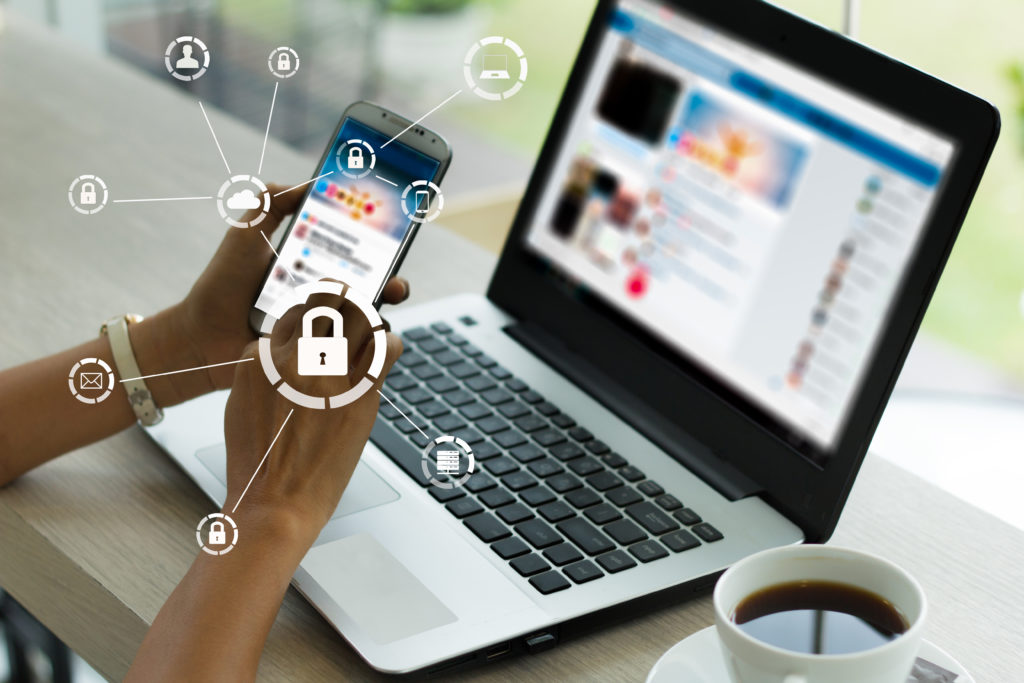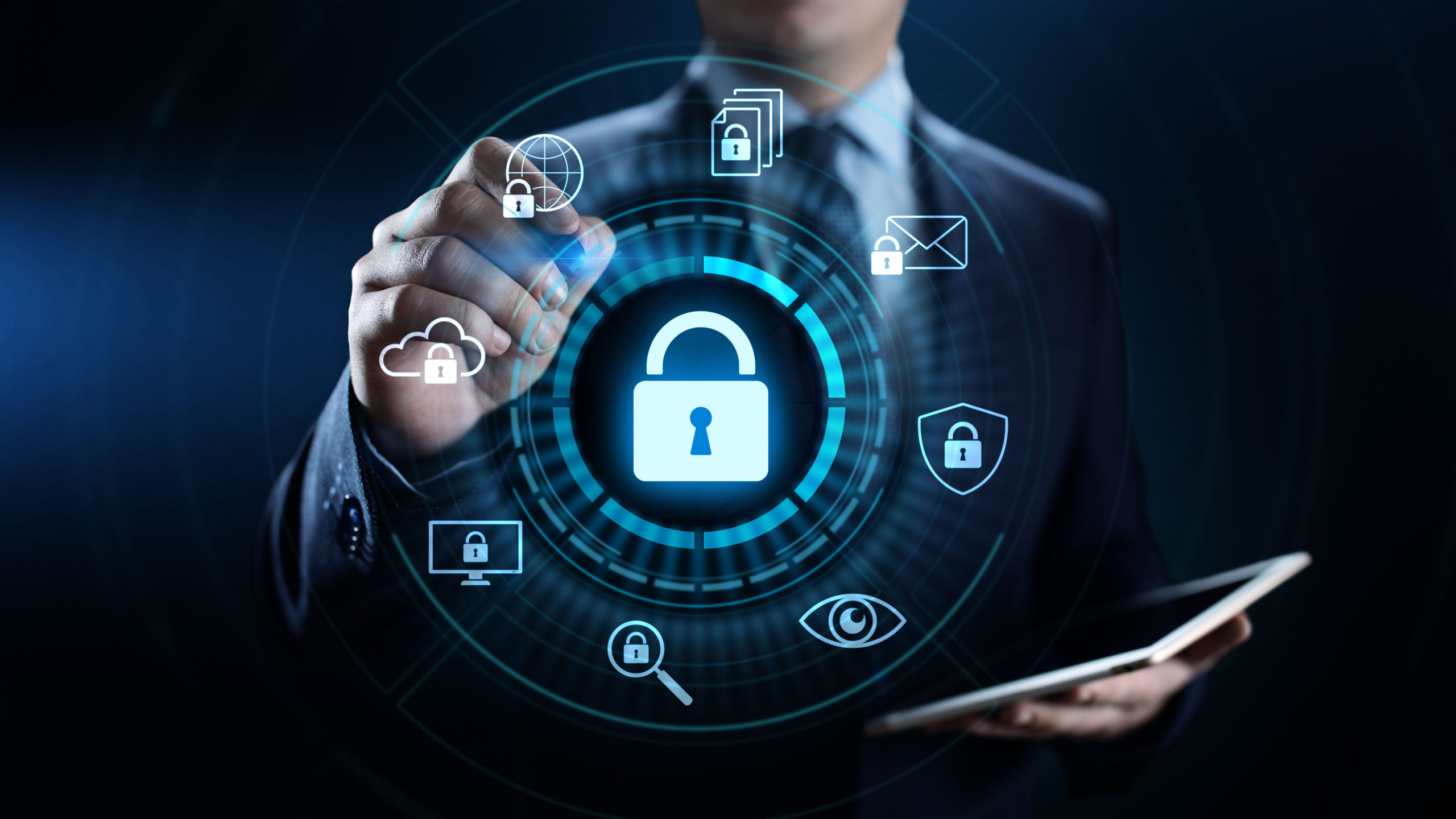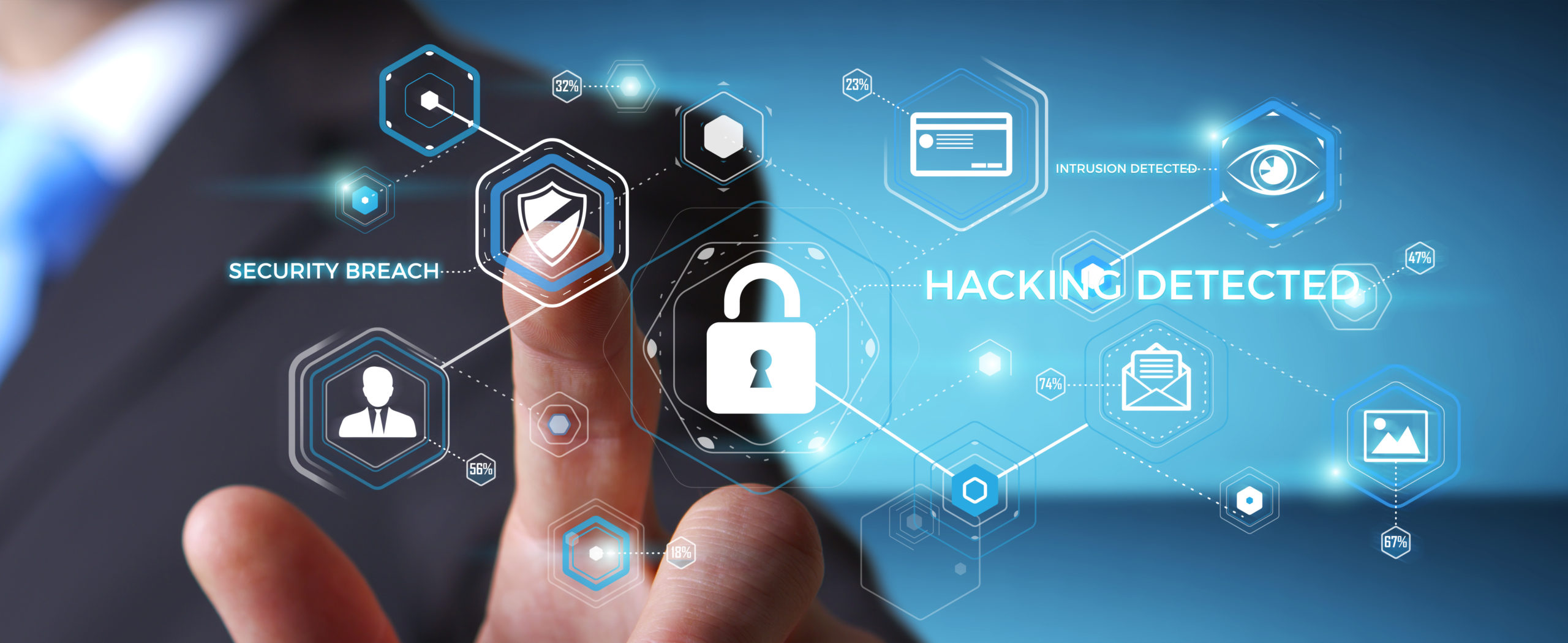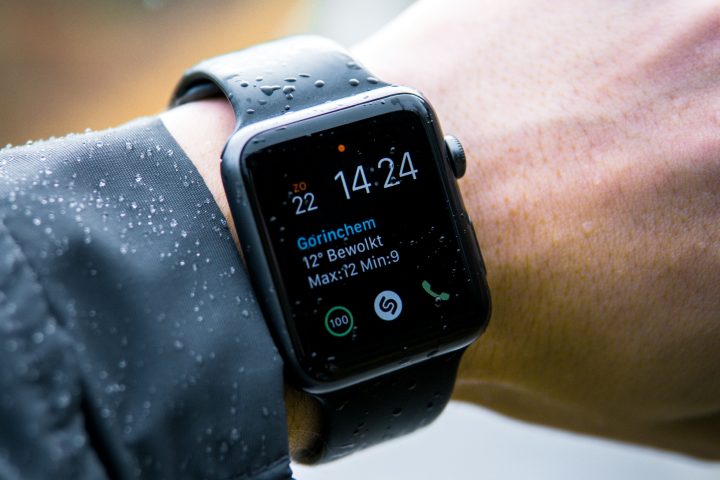Many businesses in recent months have prioritized remote teams over traditional operations, and understandably so. During the early months of the pandemic, a lot of companies were forced to shut down their operations following government orders.
Enterprises that already had remote teams at their disposal only needed a few adjustments to cope with the new life in business. It was, however, a whole new experience for any company that didn’t have such plans in place. In fact, some weren’t able to resume operations for several months, which translated to huge losses.
Today, almost every company has a set of its employees working remotely to increase productivity and act as a contingency buffer in case of another business disruption. Unfortunately, this has opened the door to many pitfalls, with cyber-attacks being one of the most significant threats. So, how can you ensure top-notch cyber defense for your remote teams? Read on to learn more!
1. Hire A Managed IT Service Provider
When it comes to cyber threats, hiring managed service providers (MSPs) might not be the go-to solution for many, but it’s still one of the most effective strategies in the current environment. Having your internal IT team working on the security of your remote teams while at the same time handling various IT-related issues at the office can be disastrous. Your IT department might be overwhelmed by the demands, and that could open the door to cybercriminals.
However, once you’ve secured the managed cyber security services by Foresite or any reputable provider, IT experts hired by the MSP will be responsible for all security-related tasks. This includes remote monitoring, which will help determine whether your systems are operating as they should. Any anomaly or threat can then be identified before it gets serious.
Your MSP will also do a vulnerability and penetration test to check the security of your network. Remember, the more people you have working remotely, the higher the chances of a cyber-attack. Therefore, carrying out these tests will show any vulnerabilities in the system and allow you to address the issues immediately.

2. Educate Your Remote Workers
In a work-from-home system, the main players are the remote employees. All operations taking place in such a company go through at least one of these workers. As such, the security of the data exchanged lies in the hands of those involved. Keep in mind that phishing is one of the oldest tricks of cyber-attack, but many people still fall for it unknowingly. For that reason, you can see why it’s very important that you educate your remote workers on cybersecurity. But how and where will you start?
First, make sure you offer the training in bits. Many companies educate their employees before letting them work remotely, but what renders the whole process ineffective is how it’s implemented. Remember, even the brightest of minds can be overwhelmed when fed a lot of information at once. The best way, therefore, is to train your workers on one or two features per day and ensure that everyone is on the same page before moving to the next phase. After all, it’s your company’s crucial information that’s at stake here.
During the training, be sure to touch on the most trending issues that are likely to affect your operations. For instance, as mentioned earlier, phishing is still one of the most used techniques. Thus, it’s imperative that your employees understand that they shouldn’t trust any links from unverified senders. Let the workers know that the overall security of the company’s and customers’ data depends on their actions.
3. Use A VPN Whenever Possible
Training your employees and implementing several cybersecurity programs may work to an extent, but as long as your network is still unsecured, you’ll always face threats. Since most of your business operations are done over online channels, it’s imperative that you use a virtual private network (VPN).
Remember, hackers are attracted to unsecured connections. Therefore, letting your employees use their regular connections to complete their responsibilities plays into the hands of these cybercriminals.
So, how does a VPN help in the grand scheme of things? Well, for one, this network hides your sensitive data, encrypts network traffic, and prevents any data sniffing. While at it, it’s important that your remote team members avoid public Wi-Fi as much as possible to enhance your data security even further.
Conclusion
Cybersecurity has become a priority for most business leaders today, thanks to the recent shift from traditional offices to remote operations. If you’re one of those managers looking for ways to mitigate cyber-attacks, then hiring a managed service provider should be your first step. You should also be ready to educate your employees on cybersecurity and the significance of their individual actions.















